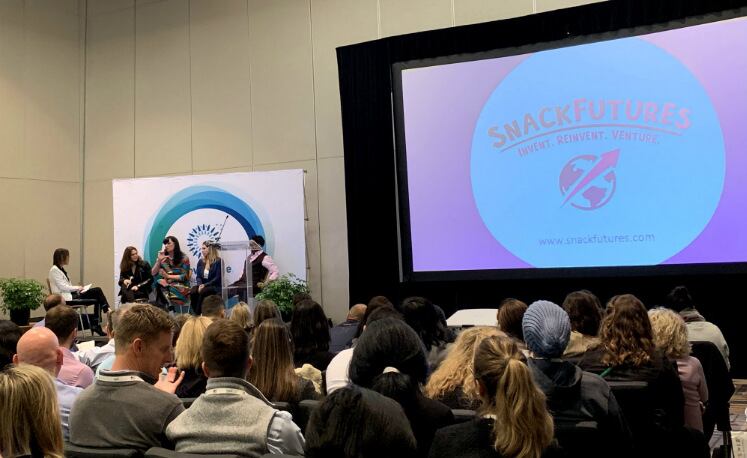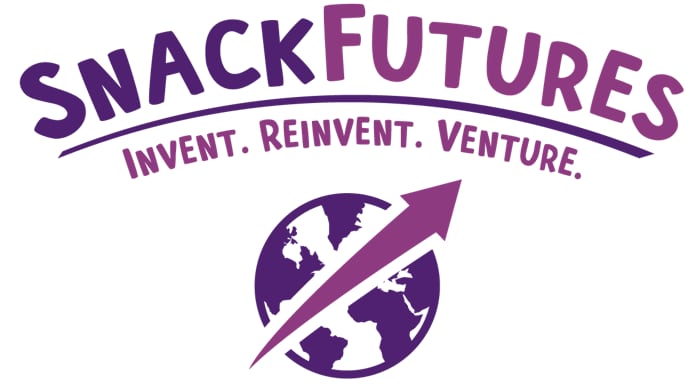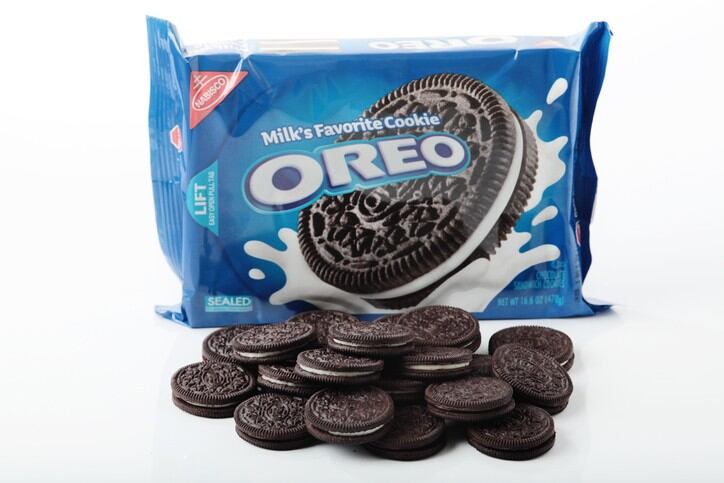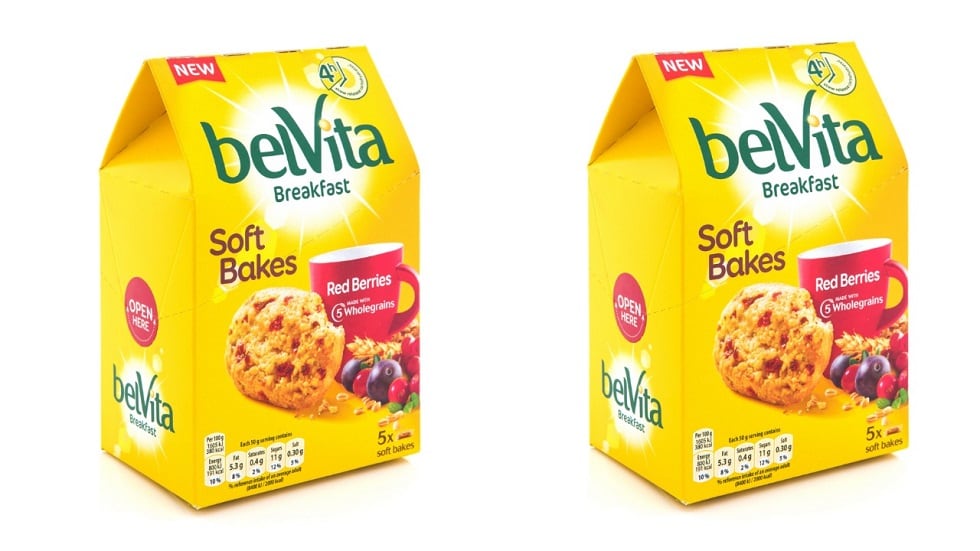Chicago-based Mondelēz controls nearly half of the global snacking and confectionery market, raking in $26bn in revenue last year – more than 75% of which originates outside the US.
Emerging markets will account for 80% of global snack growth in the next four years, according to Cofer, correlating with GDP growth.
In Latin America, for example, revenues jumped more than 10%, coinciding with the company’s more hands-on, regional approach to these markets and product innovation formally introduced last September.
“As consumers create more wealth and change their lifestyles, they’re consuming more snacks,” he said. “That’s why emerging markets are so important to us. They are essential to the new strategy and new organizational model.”
Analysts predict that global per capita will increase 2% annually; that number will be higher in developing countries. Indeed, higher incomes and urbanization have diversified diets but, on the down side, introduced a torrent of processed foods high in fat, salt or sugar. Income could double in places like China and India, potentially normalizing high-fat diets by 40%, according to a study of the Chinese economy.
Still, another study found changes in food occur far faster today than they have in the past, thanks in part to the rapid dissemination of information and subsequent interest in health-conscious behavior.
In the US, millennials snack more than four times per day, said Cofer, while the segment expands at a far quicker clip than center-store food. Today, snacking is a $1.2 trillionn behavior worldwide.
“The traditional three-square meal habit of Americans is increasingly a thing of the past.”
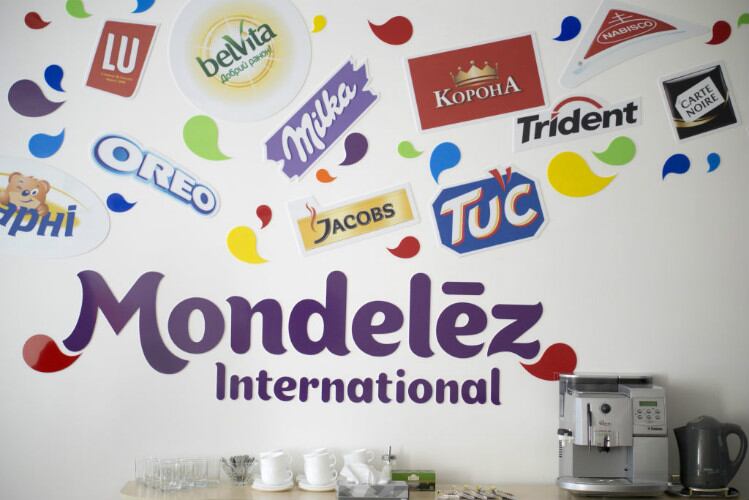
He added that last year was ‘the right time to pivot’ away from the previous cost-and-margin model and toward what he called ‘consumer-centric’ growth.
“It’s about an absolute consumer obsession in looking at total snacking – not just blind solos of we’re a cookie company, or we’re a gum company, but a total snacking company.”
Moving forward, understanding exactly what, where, when, why and how consumers snack will be paramount not only for Mondelēz but also for every packaged foods company, global or local.
“When you pivot your strategy toward a consumer-focused growth agenda, you need to be closer than ever to that consumer, and consumers today are more local than ever,” said Cofer.
Snack-forward strategy
To achieve this intimate connection, Mondelēz needed to ‘clearly define’ itself as a snacking company and leverage its entire portfolio, including iconic names like Cadbury, Oreo and Trident to ‘local gems’ – the cultural favorites of certain countries or regions or towns.
“We’re fortunate in that we have this amazing combo of big global, multi-billion-dollar icons,” said Cofer, most of which top $1bn in sales and account for about half of the Mondelēz portfolio.
The ‘local jewels’ might only hit $100m, “but in their country of origin they’re every bit as relevant.”
He pointed to Swedish Fish, Triscuits and Wheat Thins as examples of such gems in the US, Lu Petit Buerre in France and Fontaneda in Spain.
Whereas these brands rarely received intense investment, Mondelēz has recalibrated to “ensure that those local brands get the love, attention and investment they need,” he added.
At Expo West, for instance, Mondelēz featured two recent acquisitions: Enjoy Life Foods, a top-14 allergen-free brand, and Tate’s Bakeshop, a 39-year-old bakery in the Hamptons renowned for the owner’s signature chocolate chip cookie.
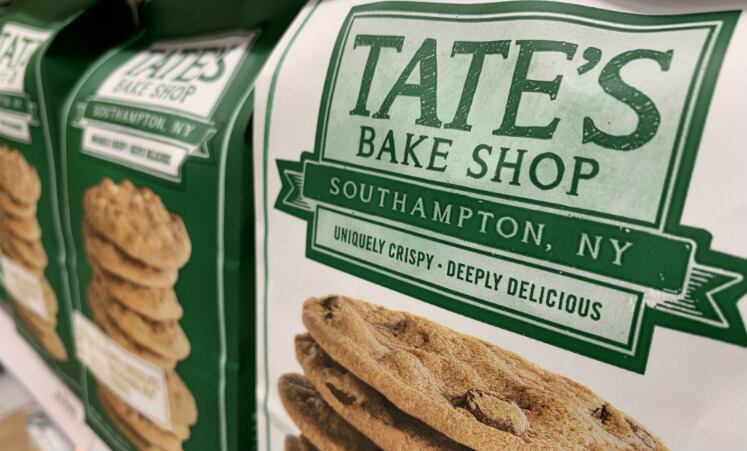
Investing in these established regional brands is just part of the company’s long-term strategy to stay ahead in the snack-all-day universe.
‘Disrupting our own model’
Last October, Mondelēz launched SnackFutures, an internal venture to retool some of its smaller brands for ‘large-scale potential’ and an external resource for snack entrepreneurs, food engineers and nutritionists.
The collaboration explores ‘snackability’ through purpose, passion and principles, as Brigette Wolf, SnackFutures’ global head of innovation, explained to the audience of a panel discussion at Expo West.
She said brands today must be “surgical in understanding the consumer – you have to be able to live and breathe that.
“We wouldn’t be here if we hadn’t listened to consumers.”
Instead, SnackFutures takes the traditional, time-consuming and costly R&D model and turns it on its head.
As Cofer put it, “The old model of 18 months of research and sequential, controlled, broad population vetting doesn’t work anymore.
“The new approach that we are embracing is one far more agile: test and learn with consumers, rapid prototyping, transactional consumer learning. You’re not [going to] get it right, right away – that’s fine. Tweak it, learn, evolve, et cetera. Take an entrepreneurial mindset. Take a startup mindset.
“We are really trying to disrupt our own model.”
Technology playing an outsized role
Ecommerce is reshaping the snacking segment worldwide, especially as smartphone technology, the internet and social media becomes mainstream in emerging markets.
More than half of the population in a dozen emerging economies regularly browse the web, according to the Pew Research Center. Those numbers have jumped dramatically since 2015: from 37% to 60% in South Africa and 15% to 60% in Brazil. In nearly every case, young people and the more educated use smartphones at a higher rate than those over the age of 50.
“The change in the digital revolution’s impact on commerce is profound in the emerging world,” Cofer said.

“Compared to any other channel, ecommerce is the fastest-growing, tenfold.”
He added Mondelēz will surpass $1bn in ecommerce revenue by 2020. The company has already surpassed that threshold in China and is nearing it in India.
The data that accompanies those sales provides invaluable consumer insight.
“The amount of data in real time that you get back allows you to experiment in product package and importantly, in pricing and promotional offers, in configuration of the bundle – in real time,” he said.
Mondelēz plans to use this information to push gifting for seasonal or special occasions through “bespoke packaging and unique offerings that deliver on those local cultural rituals and festive seasons,” Said Cofer.
Personalization will also add value – and not simply through custom packaging. He expects e-commerce will give consumers an outlet to curate flavor assortments.

